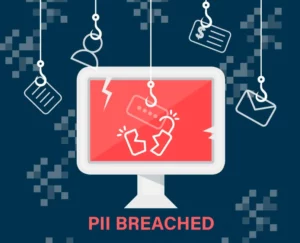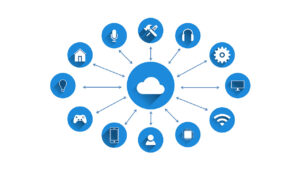In the realm of cybersecurity, forewarned is forearmed. Dual Ransomware Attacks are a new digital onslaught that hits not once, but twice, making the recovery process an even bigger uphill battle for affected companies. Here’s an in-depth look into how these attacks unfold and the critical role of fortified cybersecurity measures in battling this threat.
Unmasking Dual Ransomware Attacks
Unlike traditional ransomware attacks where hackers infiltrate your system once to encrypt vital data, dual ransomware attacks double the ante. The criminals strike initially with one variant of ransomware, and before you can dust off and recover, they hit again with a different variant. This well-coordinated, rapid succession of attacks — often within a tight timeframe of 48 hours or less — leaves companies in a whirlwind of operational and financial turmoil. I
Dual Ransomware Attacks Speed Up the Tempo
In the past, companies might have had a breather between cyber-attacks – days to weeks – providing them with a window to recover. However, the inception of dual ransomware attacks eradicates this breathing space. The time between the first and second attack is drastically shortened, often occurring within hours. This quick-fire approach is a tactical move by cyber criminals, aimed at exploiting the initial shock and disarray caused by the first attack to maximize the damage from the second.
Why They’re Hard to Counter
- Complexity: The utilization of different ransomware variants in each leg of the attack elevates the complexity, making it significantly harder to untangle the web of encryption and regain control.
- Resource Drain: These attacks require companies to fight off two separate encryptions, a feat demanding substantial technical resources, time, and expertise.
- Heightened Damage: With two varying strains of ransomware at play, the risk of data loss, corruption, or exfiltration skyrockets, resulting in a compound effect of damage.
Absence of Robust Cybersecurity
The rapid-fire nature of dual ransomware attacks reveals a glaring weakness in many companies’ armor – the lack of robust cybersecurity measures. Here’s how a shortfall in cybersecurity lays out the red carpet for these malicious double strikes:
- Delayed Detection: Without advanced monitoring tools, the initial ransomware infiltration might go undetected, allowing the attackers a free pass to launch the second strike.
- Insufficient Access Controls: Lax access controls give malicious actors a broader playground to deploy their malicious payloads and move laterally across networks.
- Outdated Systems: Unpatched and outdated systems are the low-hanging fruits for cyber criminals, providing easy exploitation points.
Bolstering Defenses
In the face of dual ransomware attacks, having a fortified cybersecurity framework isn’t a luxury; it’s a necessity. Implementing real-time monitoring tools, updating and patching systems diligently, and cultivating a culture of cybersecurity awareness among employees are the pillars of a solid defense strategy against these rapid, twofold attacks. As the stakes are raised with double-barreled ransomware onslaughts, so should the rigor of our cybersecurity efforts.
If you have that nagging suspicion of being wide open to cyberattacks, it’s time to act. Click here to secure a Free Cybersecurity Risk Assessment and know for sure where you stand. Don’t let unreported cyber incidents be your downfall; take the first step towards ensuring better cyber protections and maintaining client trust.
Again, click here for your Free Cybersecurity Risk Assessment or email me direct at walter@motiva.net to schedule



